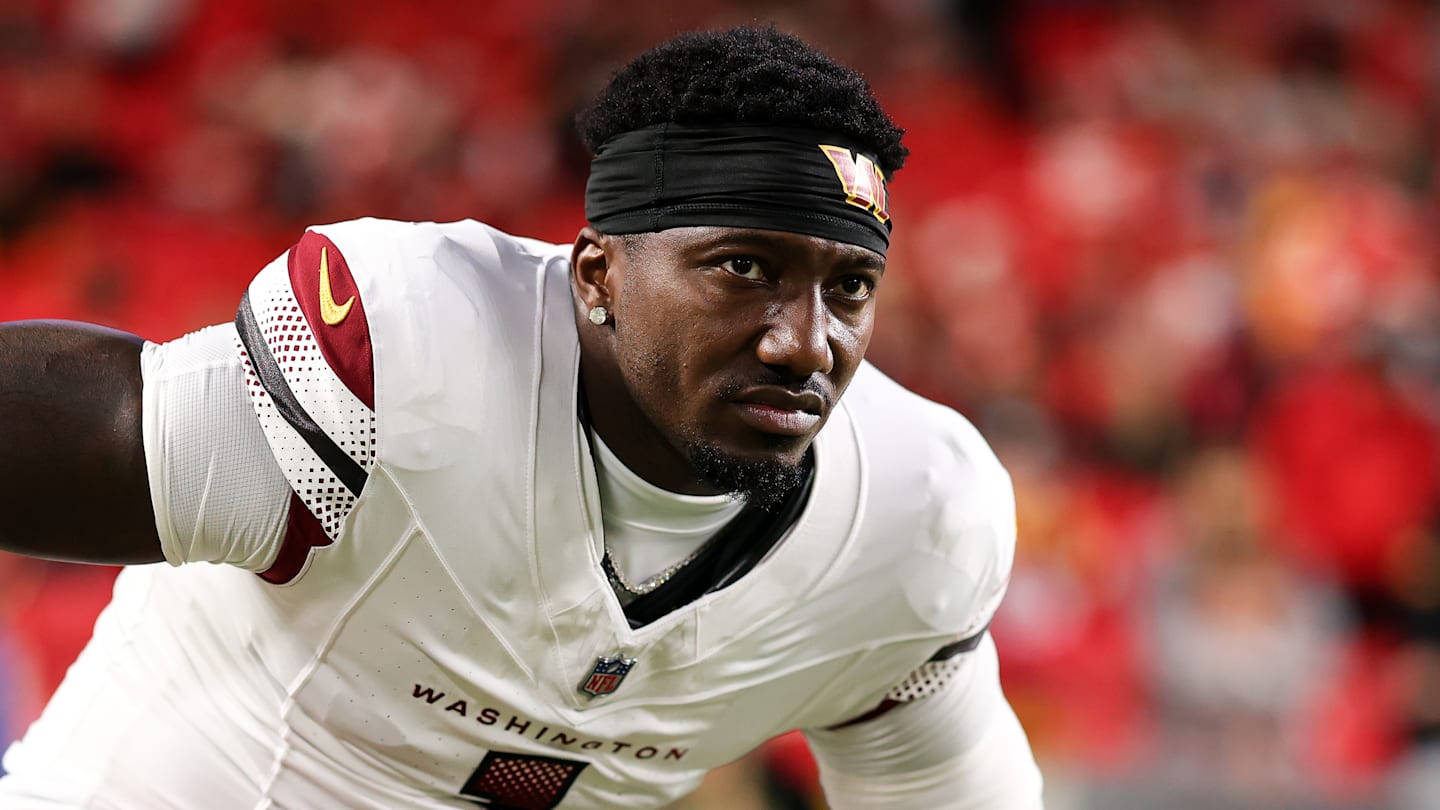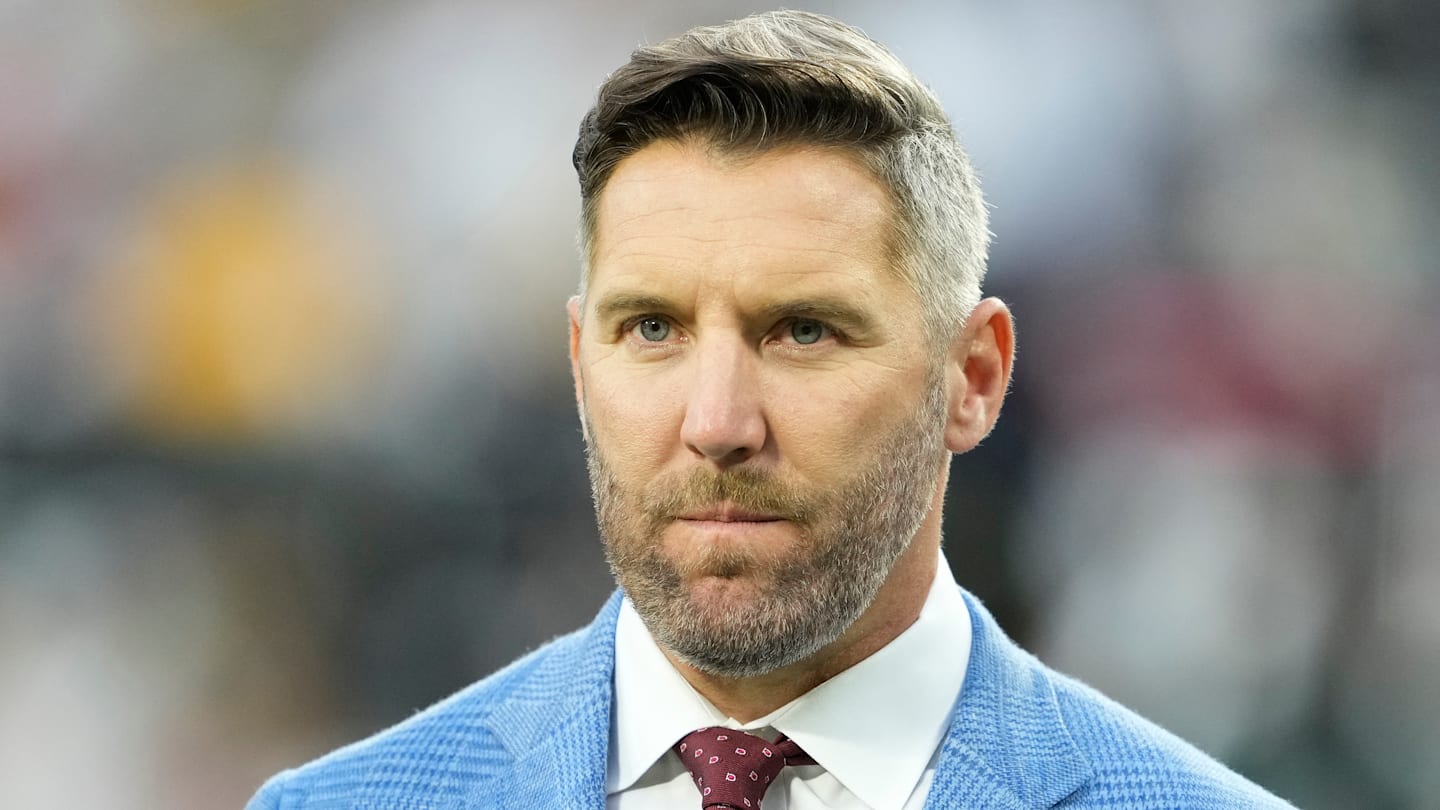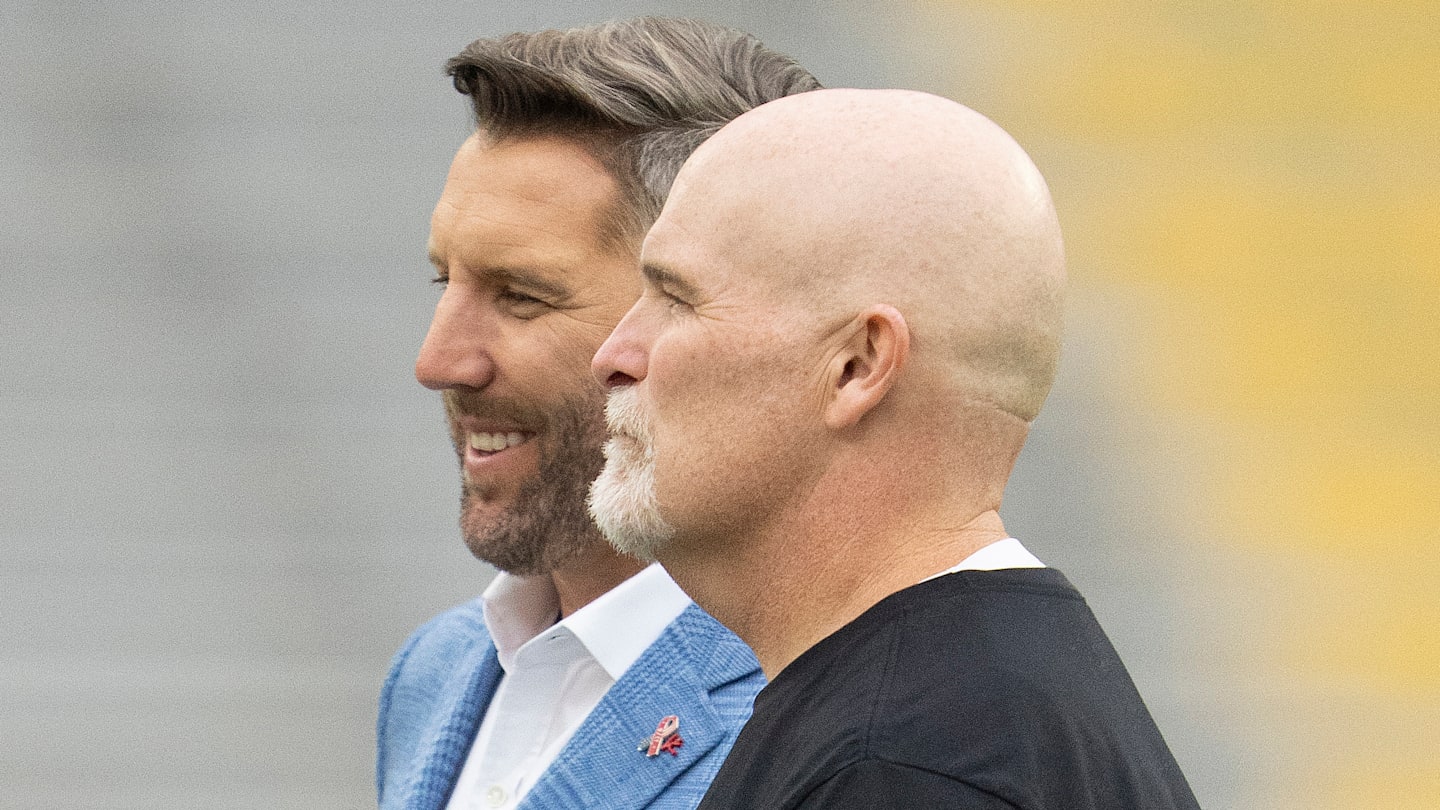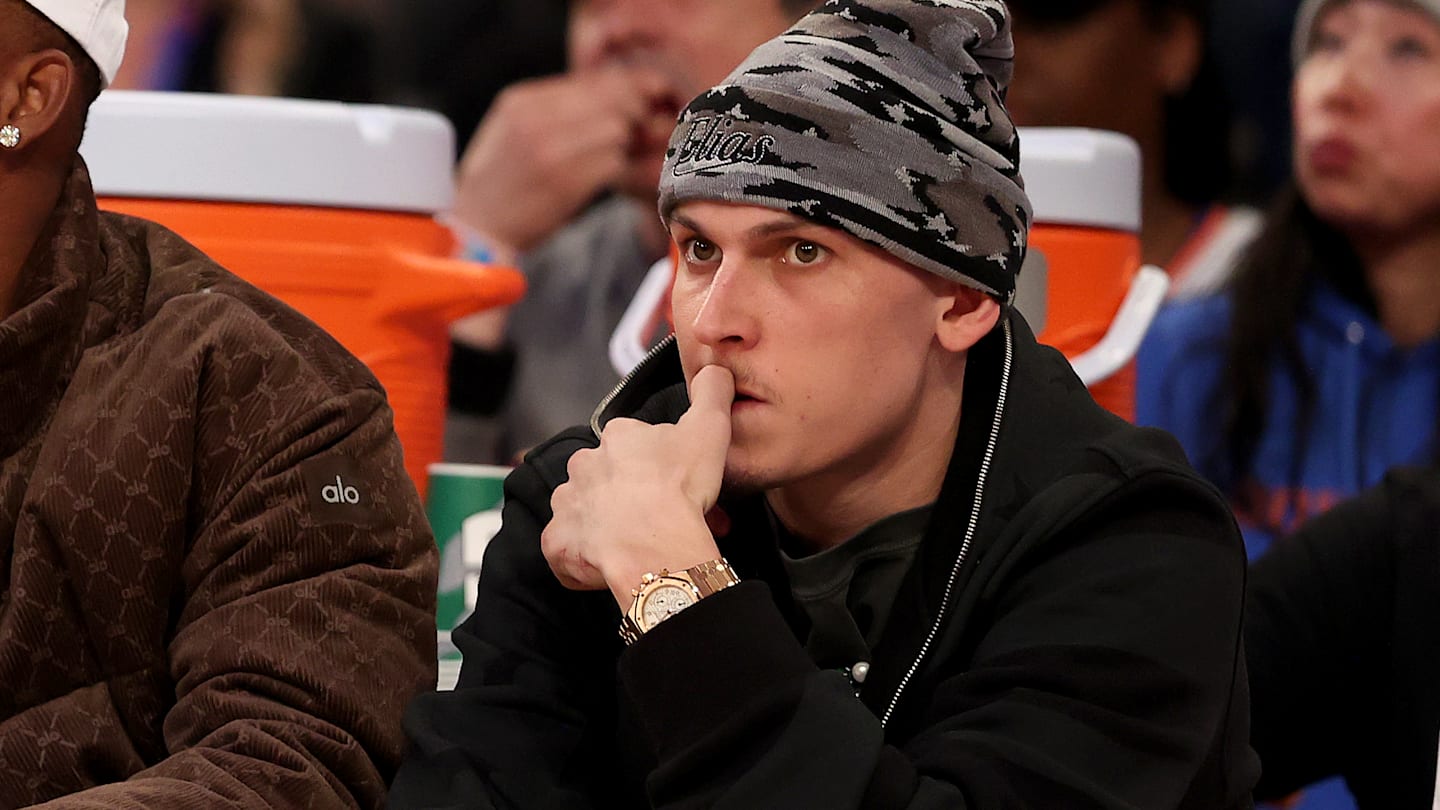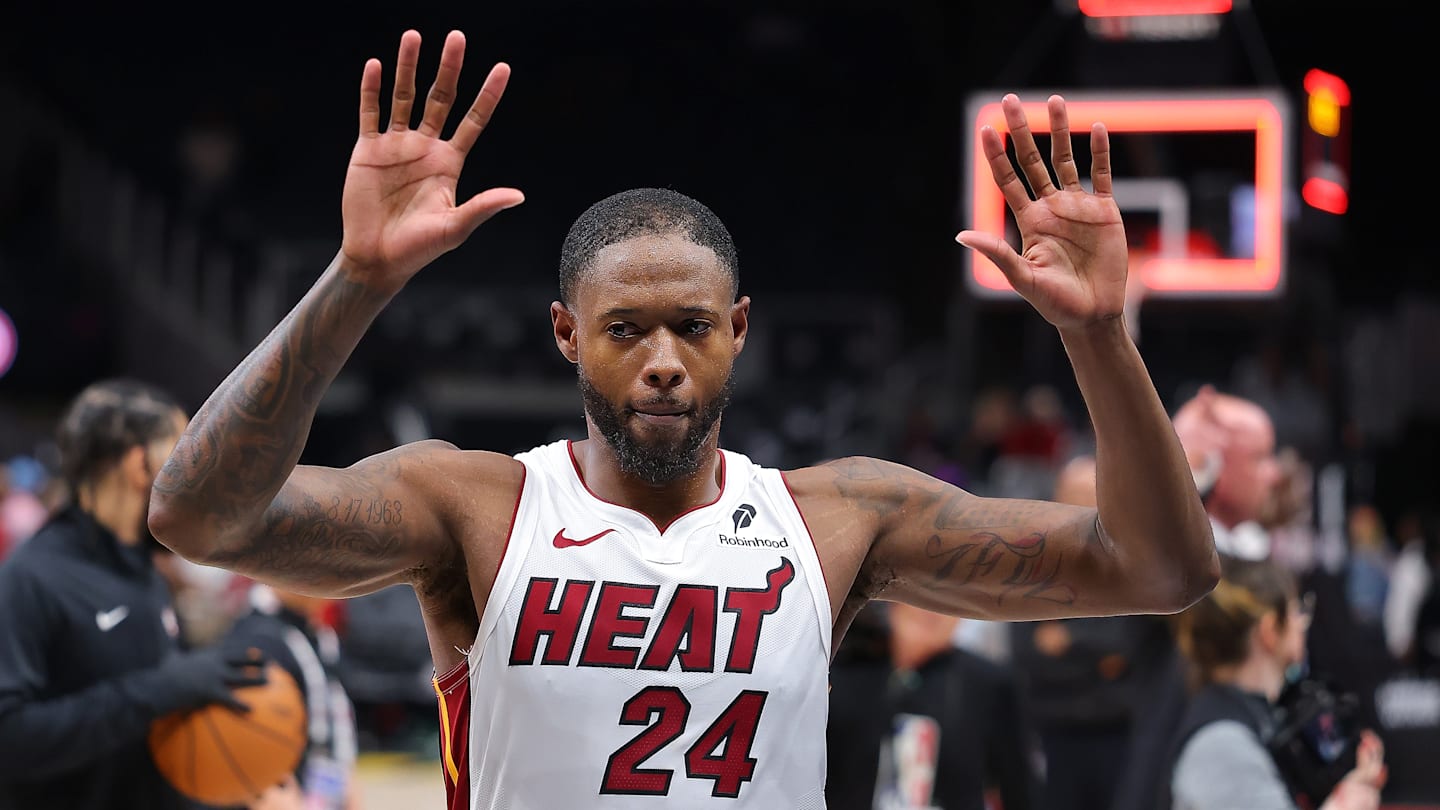#roster-strategy
#roster-strategy
[ follow ]
#miami-heat #free-agency #washington-commanders #tyler-herro #nfl-trades #trade-deadline #milwaukee-brewers
fromMLB Trade Rumors
3 days agoPoll: Will The Rays Trade Brandon Lowe This Winter?
They trade from and reshape their roster aggressively at virtually every opportunity in order to keep the team from ever needing to rebuild, and it's a system that's worked for quite some time at this point. From Willy Adames to Tyler Glasnow to Randy Arozarena, most players don't stay in Tampa for long and get traded before they'd actually have a chance to sniff free agency and walk away for nothing.
Major League Baseball
Chicago Cubs
fromCubsinsider
2 weeks agoThe Rundown: Caissie Should Get First Shot at Replacing Tucker, Ohtani Leads Dodgers to World Series, Mariners Looking to Clinch Tonight -
Jed Hoyer must retool the Cubs to replace potential left-handed power with a high-OBP, gap-hitting player, possibly Owen Caissie, adjusted for MLEs.
fromESPN.com
2 weeks agoWhich WNBA free agents might be on the move for 2026 season?
Las Vegas Aces president Nikki Fargas poked a little fun at how challenging it is for WNBA franchises to prepare for the biggest free agency period in league history. "You're going to need to have Plan A, Plan B and Plan 9-1-1," Fargas said. "There is nothing normal about this offseason, so you can't look at it from a normal lens."
Women
fromDodger Blue
3 weeks agoDodgers NLCS Notes: Kike Hernandez Update, Potential Game 1 Starter, Clayton Kershaw & Hyeseong Kim
"Definitely looking at which direction it goes, preparing for either scenario, opponent, travel, stay here," Dodgers manager Dave Roberts said. "I wouldn't say difficult. It's certainly nice to get a couple days to reset and prepare. "We're kind of doing our due diligence and having one-off team meetings until locking in after this game tonight."
Major League Baseball
fromMLB Trade Rumors
1 month agoMike Elias Discusses Orioles' Rotation, Roster, Managerial Search
The rotation was a natural point of focus, with Elias saying the club wants to add a starter to the front half of its rotation, which could be either a #1, a #2 or a #3. Such distinctions are fairly subjective but the point would be to have another guy capable of slotting in next to Kyle Bradish and Tyler Rogers somewhere in the front half of the rotation.
New York Yankees
National Basketball Association
fromAll U Can Heat
1 month agoPat Riley needs a new plan to land the Heat a superstar
Pat Riley must pursue alternative roster strategies because unrestricted free agency opportunities for landing superstars have significantly declined due to extensions and forced trades.
fromAll U Can Heat
2 months agoHeat can only extend Tyler Herro if this one condition is met
Tyler Herro is one of the most polarizing players in the NBA There's a huge difference between paying Herro $30-35 million per season and paying him $40-50 million per season. And depending on where his next contact falls, that's what will ultimately determine how he's looked across the league. Right now, the perception of Herro is somewhat distorted.
National Basketball Association
[ Load more ]
